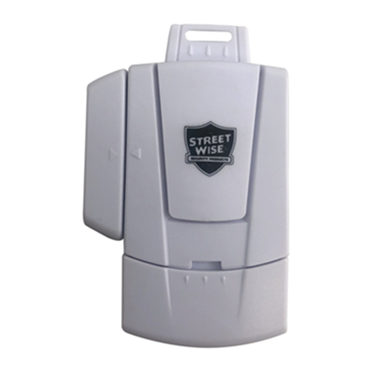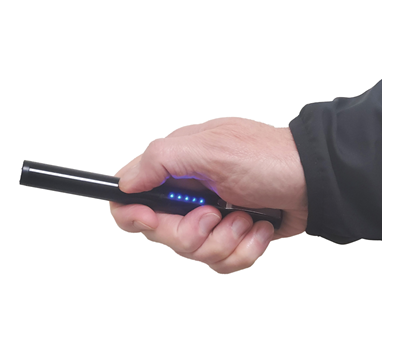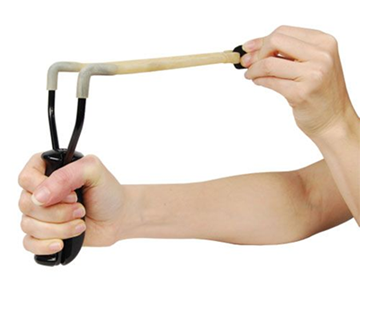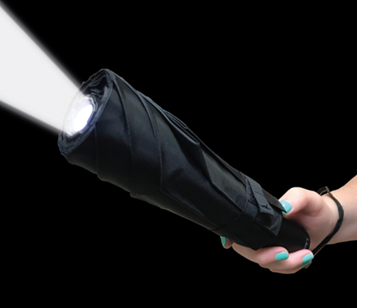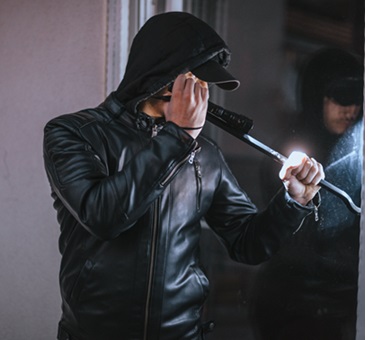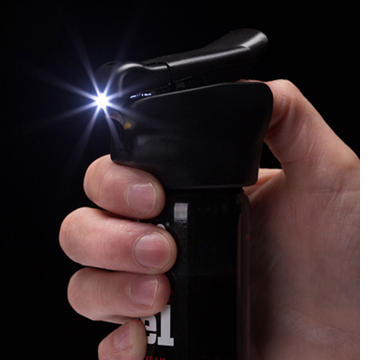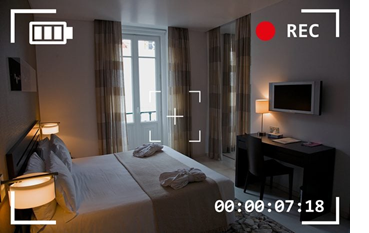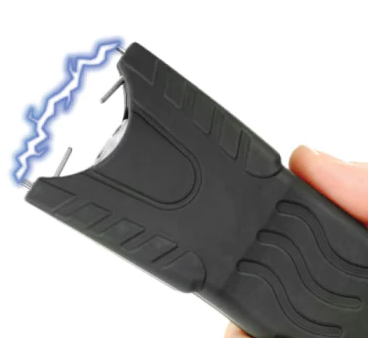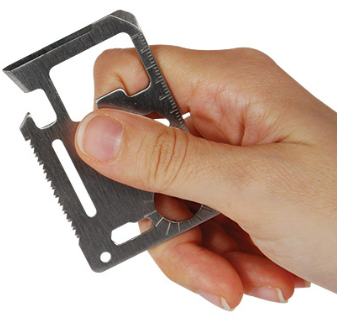How Bug Detectors Work to Find Hidden Cameras
 Have you ever been in a hotel room or Airbnb and had a sneaking suspicion that there was a hidden camera watching your every move? Or maybe you work in a sensitive job and worry about the possibility of someone planting a hidden camera in your office or conference room. Whatever the reason, a bug detector can be an invaluable tool for finding hidden cameras and protecting your privacy.
Have you ever been in a hotel room or Airbnb and had a sneaking suspicion that there was a hidden camera watching your every move? Or maybe you work in a sensitive job and worry about the possibility of someone planting a hidden camera in your office or conference room. Whatever the reason, a bug detector can be an invaluable tool for finding hidden cameras and protecting your privacy.
But how does a bug detector work?
There are several different types of bug detectors on the market, but they all generally operate using the same principles. Here's a breakdown of how they work:
Radio Frequency (RF) Detection:
One of the most common ways that hidden cameras transmit their footage is through radio frequencies (RF). A bug detector can scan for these RF signals and alert you if it detects any in the area. Some RF detectors are even able to pinpoint the exact location of the hidden camera based on the strength of the signal.
Optical Detection:
Hidden cameras can also transmit their footage optically, through the use of a small LED light. A bug detector with optical detection capabilities can scan for these tiny lights and alert you if it finds any.
Acoustic Detection:
Some hidden cameras make a slight humming or buzzing noise when they're in operation. A bug detector with acoustic detection capabilities can listen for these sounds and alert you if it hears anything out of the ordinary.
Magnetic Field Detection:
Hidden cameras often require a power source, and they may be plugged into an outlet or connected to a battery. A bug detector with magnetic field detection capabilities can detect the magnetic field created by the camera's power source and alert you to its presence.
Using a Bug Detector:
Using a bug detector is relatively straightforward. Simply turn it on and scan the area you're concerned about. If the bug detector finds any RF signals, optical signals, suspicious noises, or magnetic fields, it will alert you. Some bug detectors even have a display screen that shows you the strength of the signal or the location of the hidden camera.
It's important to note that bug detectors are not foolproof and can sometimes give false positives. For example, a bug detector might pick up on the RF signals from a cordless phone or a wireless router. However, by following the instructions and using the device properly, you can significantly reduce the risk of false positives and increase your chances of finding any hidden cameras in the area.
In conclusion, a bug detector is a useful tool for finding hidden cameras and protecting your privacy. By detecting RF signals, optical signals, suspicious noises, and magnetic fields, a bug detector can alert you to the presence of a hidden camera and help you take steps to remove it. So, it is always better to be safe than sorry and using a bug detector can give you peace of mind.

